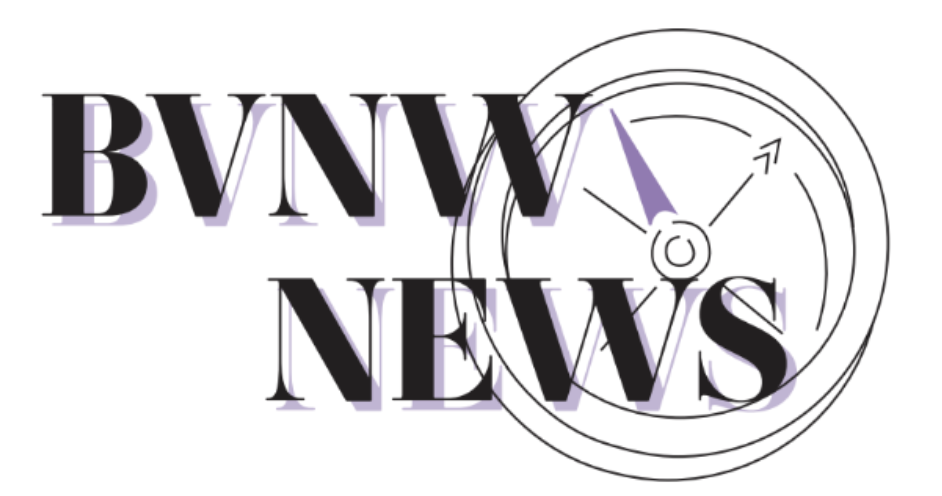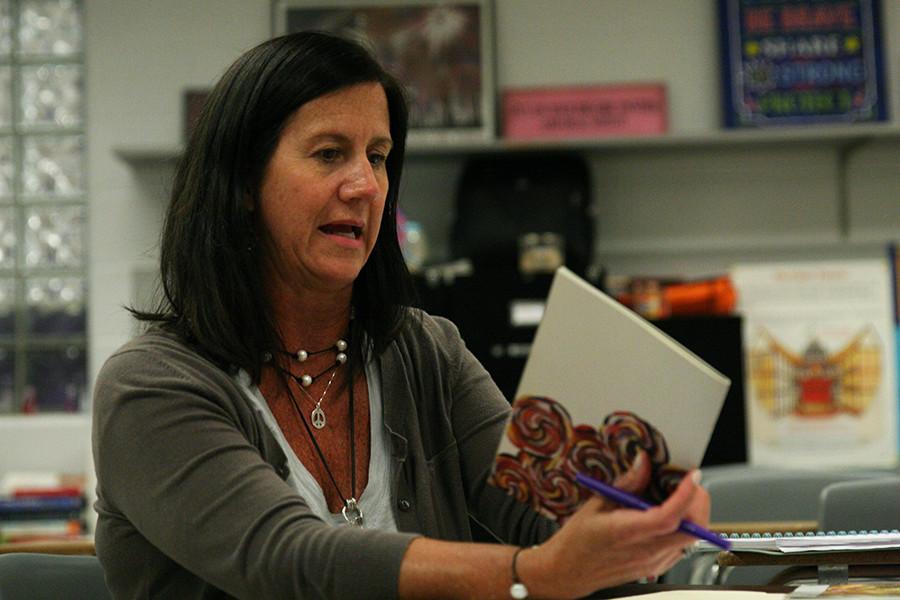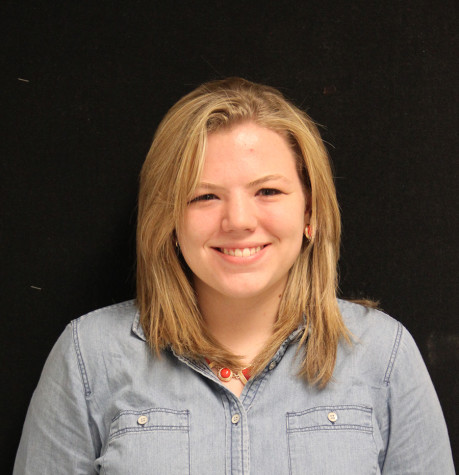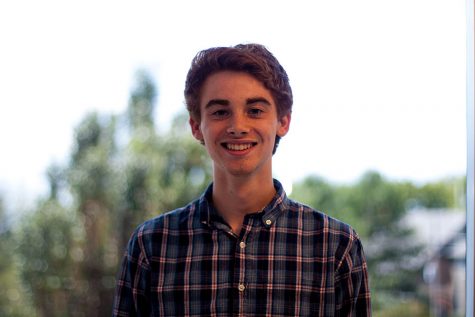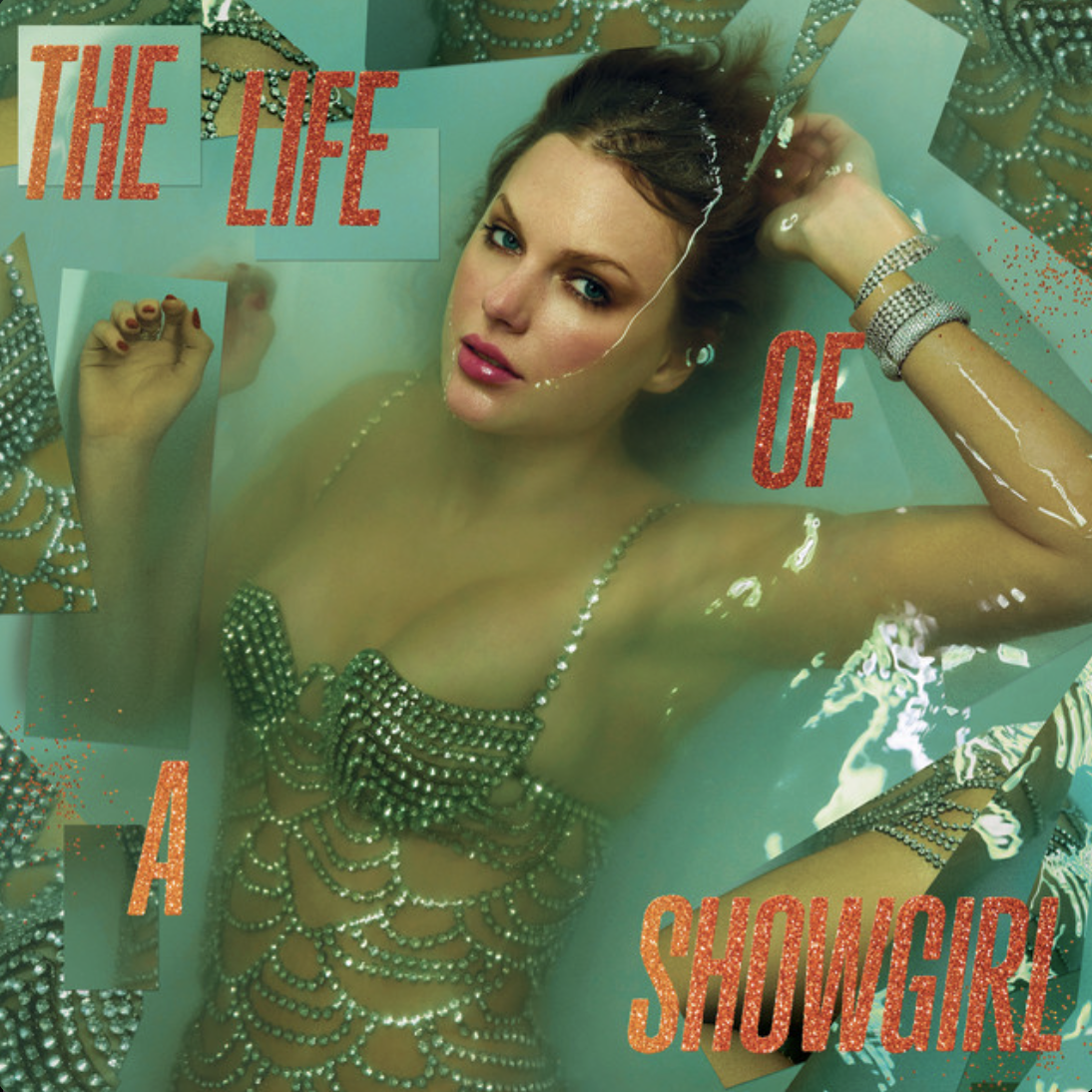A new Muse
With the return of the Muse magazine, senior Payton Pierce and English teacher Kimberly Hillstock run both the literary magazine and the Slam Poetry club, with meetings for each held on alternating Thursdays.
September 30, 2015
After a year of absence, Muse makes a comeback with the help of senior Payton Pierce and English teacher Kimberly Hillstock. Muse is a literary magazine published annually that showcases artwork and writing submitted by students throughout the year.
The last time Muse was offered as a class was the 2012-13 school year. During the following school year, Muse existed a club but was no longer offered as a class. Last year, Muse did not exist as a club or a class, and this year, it returns as a club.
Along with Muse, both Pierce and Hillstock lead the Slam Poetry club. The two clubs meet on alternating Thursdays in room 110order to coexist.
According to Pierce, Muse and Slam Poetry work well together, but the two clubs work independently, so members can focus on one or the other. The main difference between the two clubs, according to Hillstock, is the mode of expression. While Slam Poetry focuses on building students’ writing and voicing opinions in front of a group, Muse centers around producing a product that will showcase works by members of the student body.
“In [Slam Poetry] you can strengthen [your writing] and then in Muse you can publish it and put it together,” Pierce said. “[Hillstock is] really good about letting us be open about our ideas, and she always took into consideration what we wanted to say and [Slam Poetry club] was just a good, open environment for students to say what they needed to say.”
Hillstock said that balancing the two clubs may grow more challenging as the year goes on and as the workload increases. Because of this, Hillstock said her ultimate goal for both clubs is for them to become mainly student-run.
“I’ve done [Slam Poetry] several different ways, and the ways that work best are when the kids are in change,” Hillstock said. “It really depends on the dynamics of the kids.”
For Muse, Pierce said students can submit their writing or pictures of their artwork and during the club meetings that are held every other Thursday, the members will discuss and select different pieces submitted by the student body and faculty to put in the magazine. Though students can add their names, submissions can also be anonymous. The selected submissions will be published.
“[Muse is] a cool way for kids to express themselves,” Pierce said. “You don’t have to put your name in the entry and I want that to be super important. It’s a way to know that everyone is reading your stuff or looking at your stuff and…they don’t even have to know who you are.”
According to former Muse sponsor up until the 2013-14 school year and English teacher Sarah Beren, the club was a beneficial learning experience for students.
“I think the literary art magazine is an amazing reflection of the widespread talent not only among the students of the school but also the staff as well – the faculty have submitted (art work) over the years,” Beren said. “What’s hard about it as a club is that it’s harder to infuse the energy that we need for soliciting those works.”
According to Beren, when Muse was a class, it enabled members to invest more time into making a magazine they were proud of, whereas Muse as a club is more focused on producing the magazine.
“Muse as a class offered the kids something very special in terms of working together as a team that the club didn’t do quite as much,” Beren said. “It gave us a framework to discuss these literary pieces…(and) a real-world application for kids who are interested in going into publishing. It was just really meaningful.”
According to Hillstock, the club has discussed what their vision of the Muse magazine should be, and her ambition for the magazine is a way to showcase the talents that are not as recognized in the school.
“It looks like there’s a lot of young people who are interested in doing it,” Hillstock said. “I like the idea of them carrying [Muse] on and cultivating that on within the school. To me, anytime you can showcase what kids can do, I think that’s necessary.”
However, Hillstock said there are going to be challenges specific to Muse that the club will have to overcome as they work on the magazine throughout the year.
“The budget is going to be a challenge, my lack of knowledge will probably be a challenge on my part, I think the fact that almost everyone’s going to be new to [Muse],” Hillstock said. “At the beginning it seems to flow and then later, not so much, and that’ll be a challenge.”
Despite the disadvantages the club faces going into the year, both Hillstock and Pierce said the club has a lot of creativity and will work as a team to make the magazine a success.
“I’d say (Muse has) around 20 [members] right now, which is what we need because it’s going to be a lot of work once we get entries coming in and putting it all together,” Pierce said. “We’re all starting up, we’re all new to this. We’re all just kind of putting our minds together and we’re going to figure this out.”

